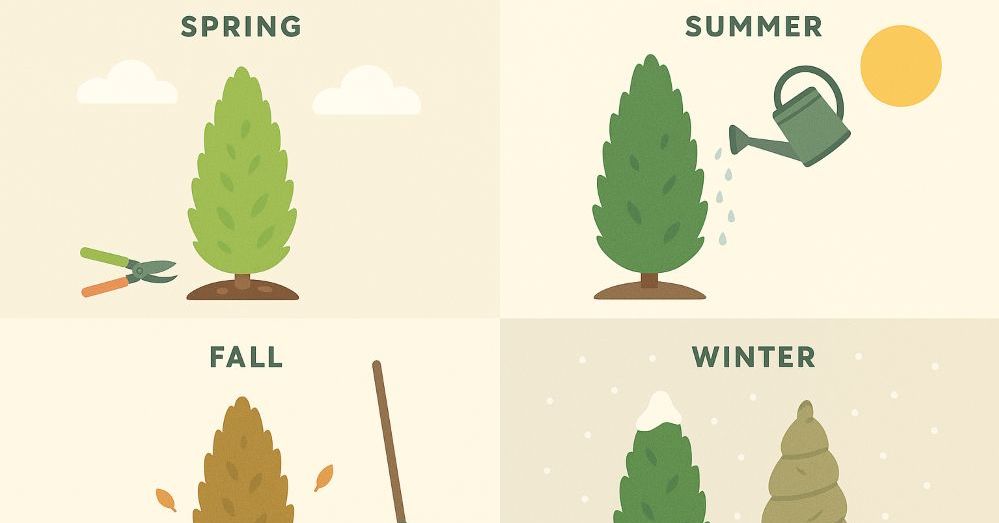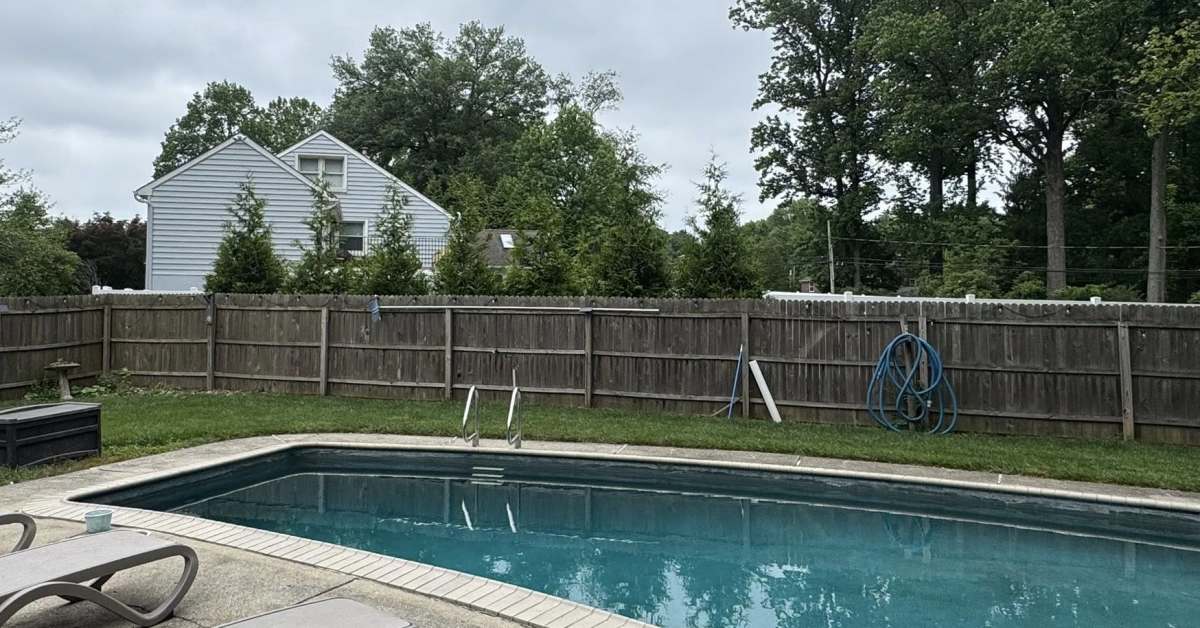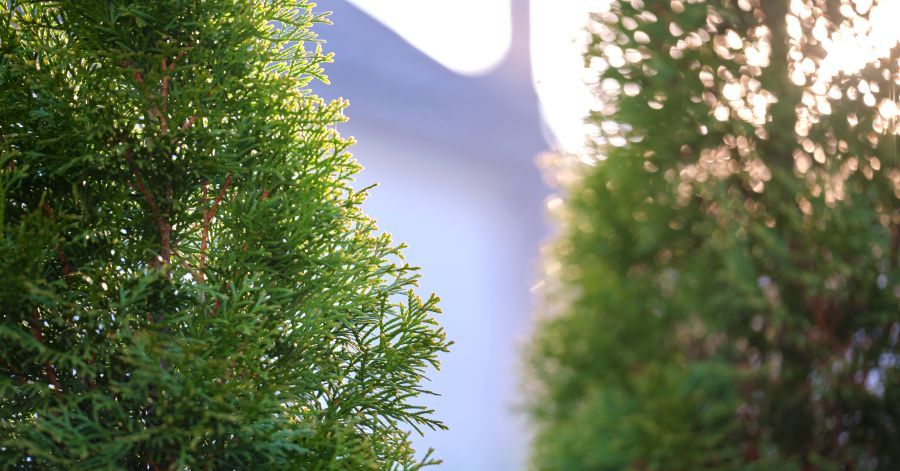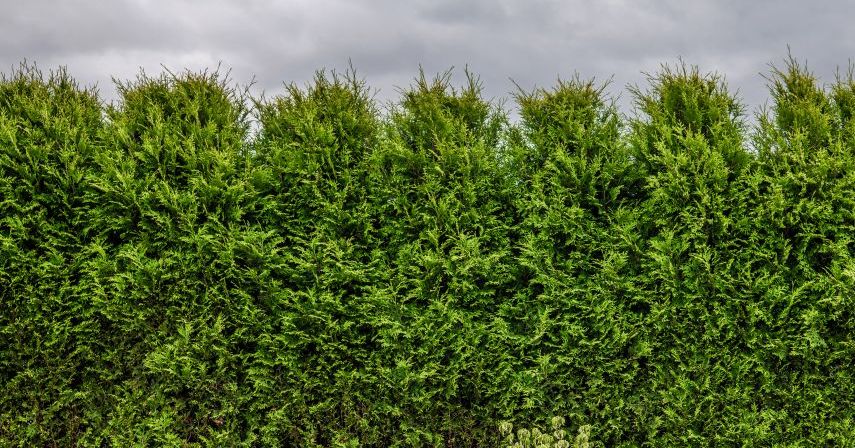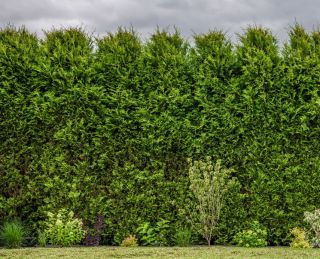
If you're searching "best fencing companies near me", you're probably ready to make a big investment in your property's privacy, security, and curb appeal. And it makes sense—installing a fence is a major decision, and you want it done right.
But before you commit to wood, vinyl, or composite panels, consider this: the best fencing solution might not come from a contractor at all.
Instead, it could come from the ground.
In this post, we’ll show you why a tree fence—a living barrier made from privacy trees like arborvitae—might just be the smartest, longest-lasting, and most beautiful fencing decision you'll ever make.
What Makes a Fence “the Best”?
When comparing fencing options, most homeowners look at these core factors:
- Privacy effectiveness
- Overall cost (upfront + long-term)
- Maintenance required
- Longevity
- Appearance and curb appeal
- Environmental impact
Fence companies typically focus on delivering a quick solution, but tree fences—though not instant—check all these boxes and then some.
What Is a Tree Fence?
A tree fence is a natural privacy screen made from a row of closely planted evergreen trees or shrubs. When spaced and cared for properly, these trees form a dense, living wall that can block views, reduce noise, and add year-round greenery to your property line.
Popular species for tree fences include:
- Green Giant Arborvitae – fast-growing, tall, low-maintenance
- American Pillar Arborvitae – great for narrow spaces
- Emerald Green Arborvitae – compact, formal look
- Leyland Cypress, Norway Spruce, or holly – great options for variety
These trees don’t just mimic a fence—they often outperform one.
Why a Tree Fence Might Be Better Than the Best Installed Fence
Here’s what makes a living fence such a powerful contender:
1. It Grows Better Over Time
While most fences start aging the day they’re installed, a tree fence only improves with each passing season. Taller, denser, and more beautiful as it matures.
2. It’s More Affordable Than You Think
Installing a 100-ft privacy fence can easily cost $2,000–$5,000+. A row of 25–30 arborvitae trees? Often half that—especially if you plant them yourself or choose smaller starter sizes.
3. Minimal Maintenance
No staining, painting, or replacing warped boards. Just water your trees well during the first year and mulch for moisture retention. After that, they mostly take care of themselves.
4. It Looks Better
Let’s face it: fences are functional, but trees are beautiful. A tree fence blends into your landscape, softens property edges, and provides a backdrop for gardens or patios.
5. It’s Environmentally Friendly
Trees absorb carbon, provide habitat for birds and pollinators, and contribute to a healthier ecosystem—something your vinyl or composite panels can’t claim.
6. Works Where Fences Sometimes Don’t
Some neighborhoods or HOAs restrict fence height, material, or placement. In many cases, tree fences aren’t subject to the same regulations.
When a Tree Fence Is the Clear Winner
Tree fences make the most sense when:
- You have a longer-term view and want something that improves with age
- Your property has a wide or awkward border to cover
- You want a more natural or organic landscape
- You’re dealing with wind, noise, or dust
- You want a beautiful barrier without dealing with zoning or permits
Fence Company vs. Tree Fence: Cost & Experience
Let’s compare a real-world example for a 100-foot privacy barrier:
| Option | Upfront Cost | Maintenance | Lifespan | Privacy Quality |
|---|---|---|---|---|
| Wood/Vinyl Fence | $2,000–$4,000+ | Medium–High | 10–20 years | Instant, but may degrade |
| Tree Fence | $750–$1,500 | Low | 30+ years (improves!) | High (after 1–2 years) |
Even if you pay a local landscaper to plant for you, you often still save money—and get better long-term results.
Common Misconceptions About Tree Fences
“They take too long to grow”
Many arborvitae varieties grow 3–4 feet per year. With proper spacing and care, you’ll have solid privacy in just 1–2 seasons.
“They don’t block sound or wind”
A well-planted living wall is often better at dampening noise and buffering wind than solid panels.
“They’re hard to maintain”
Beyond basic watering and the occasional trim, arborvitae are among the lowest-maintenance plants out there.
How to Get Started with a Tree Fence
Thinking about switching from fence quotes to planting a living screen? Here’s how to begin:
- Measure your space – How many feet of coverage do you need?
- Choose your tree – Green Giant for fast, tall growth; American Pillar for narrow spots
- Plan your spacing – Most arborvitae do well with 3–5 ft between trees
- Prepare your site – Remove sod, loosen soil, and mulch after planting
- Water well the first season – Then let them take over!
You can also mix sizes—start with some larger trees for instant coverage and fill in with smaller ones for affordability.
Final Thoughts
You started out looking for the best fence company near you. But what if the best decision isn’t hiring someone to install panels—it’s planting something that will grow with your property, save you money, and bring life to your landscape?
A tree fence might just be the best fencing investment you’ll ever make.
Ready to Grow a Fence That Lasts?
We grow premium arborvitae and privacy trees that thrive in Midwestern and Northeastern climates.
Explore Privacy Trees at Rolling Fields Tree Farm
How to Space and Plant Arborvitae for a Living Fence
Contact Us to Plan Your Tree Fence
.png)

